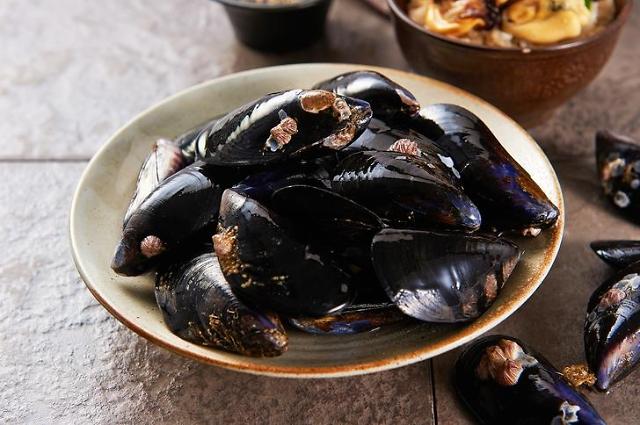
[Gettyimages Bank]
A new method to develop strong adhesives similar to actual mussels was discovered by a team of researchers from Pohang University of Science and Technology (POSTECH), a prominent science college in South Korea, and the state-funded Korea Institute of Science and Technology (KIST).
"We believe that we can create an underwater life adhesive on a different level than the existing one," said team leader Cha Hyung-joon, a POSTECH chemical engineering professor. His team analyzed relations between two mussel molecules, lysine and L-dopa. In previous studies, the high content of modified amino acid L-dopa has been found in the glue-like material secreted by mussels.
"It is meaningful with the new discovery about synergies of the two molecules of dopa and lysine, which are known to play an important role in underwater adhesion," Cha said. Lysine is an essential amino acid that has a net positive charge.
The foot of marine mussels is tongue-like in shape, with a groove on the ventral surface which is continuous with the byssus pit. In this pit, a viscous secretion is exuded, entering the groove and hardening gradually upon contact with seawater. This forms extremely tough, strong, elastic, byssal threads that secure the mussel to its substrate allowing it to remain sessile in areas of high flow.
Cha's team found that not only dopa but also lysine molecules play an important role in underwater adhesion by revealing the mechanism that their synergies act differently on surface adhesion and cohesion depending on their distance. A little separation of the two molecules increased adhesion but it decreases when they are attached to each other at a particular location.
The surface adhesion of peptide greatly increases as lysine molecules attract water molecules around dopa molecules and water molecules that interfere with underwater adhesion, thereby increasing underwater surface adhesion. Cha's team made artificial sequencing proteins using molecular bioengineering techniques and compared them with natural sequencing proteins, and obtained the same results.
Copyright ⓒ Aju Press All rights reserved.



![[FOCUS] Princeton Seafood: California seafood delicacy with 38-year-old tradition](https://image.ajunews.com/content/image/2017/04/21/20170421164552428790_278_163.jpg)